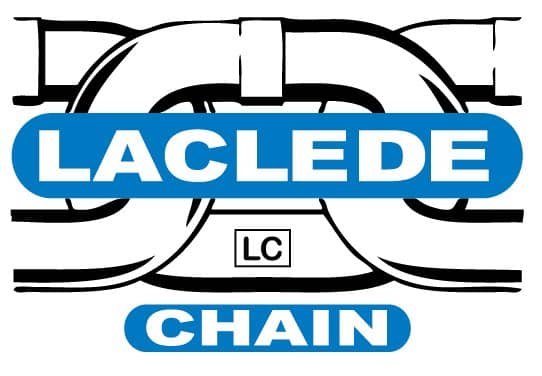3D Printing: The Past, Present and Future of Prototyping
3D printing has traveled an interesting path. Developed in the 80’s as a tool for rapid prototyping, it gained a new popularity within the last decade from home use to prosthetics—and everything in-between.
While the evolution of 3D printing has seen a rapid growth in the number of companies adopting the technology, nearly four decades later, it’s prevalence as a tool for rapid prototyping has once again found its way to the forefront. Industrial planning and prototyping applications now include tooling aids as well as visual and functional prototypes as capabilities grow with technology.
Originally developed for faster prototyping than traditional injection-molded prototypes that could cost hundreds of thousands of dollars and take weeks to produce, 3D printing, or Additive Manufacturing, greatly reduces the lead times required, with prototypes fabricated in hours and at a fraction of the cost.
Our Link to Additive Manufacturing
At Laclede, we use in-house riveting equipment to convert some of our hooks into permanent assemblies. Our equipment requires intricate tooling that’s difficult to machine. If our equipment were to go down, replacement parts could take 6-8 weeks for fabrication and shipment while our production is halted.
Our engineering team figured out how to 3D print several key components, allowing parts to take a single night to print versus nearly two months to arrive. This innovative use of 3D printing technology allows us to keep our commitment to quality for our customers.
Want to learn more about the future of prototyping? Laclede Chain’s engineering team is ready to help. Contact us and let’s discuss how we can work together to bring your solution to life.
